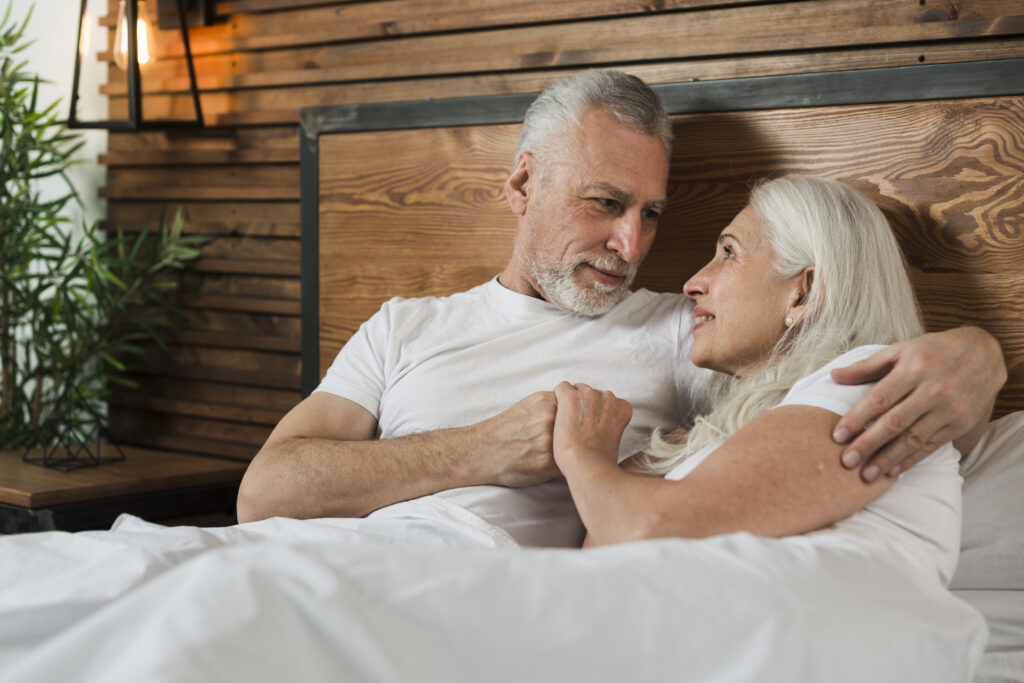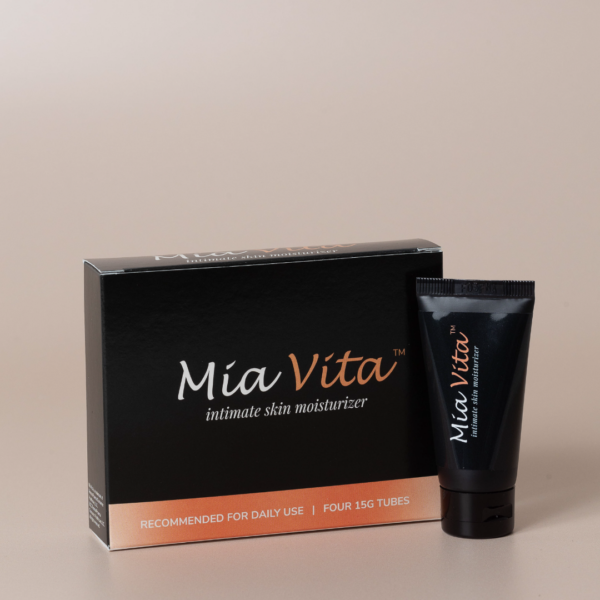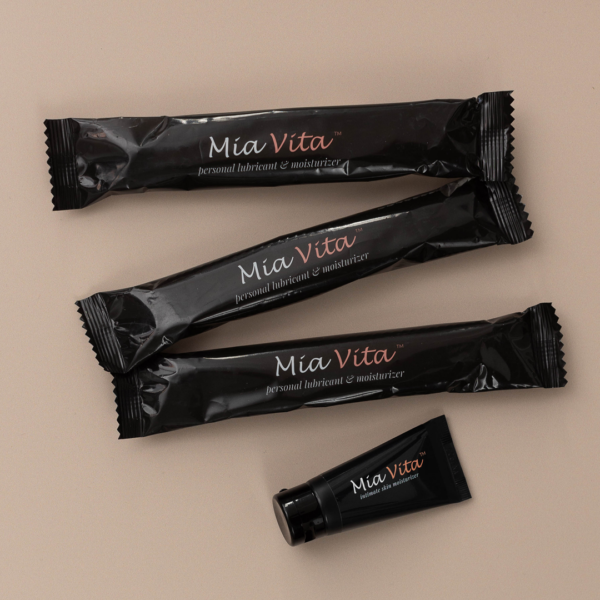
We all deserve to feel pleasure, but sometimes reaching orgasm can be difficult. Just know, it’s not your fault and it’s not your partner’s fault. It’s also common; around 1 in 2 older women are affected by sexual problems.
Let’s break down why you may not be having an orgasm and what you can do.
What is an orgasm?
We understand that orgasms feel good. But what exactly is an orgasm? An orgasm is at the peak of sexual arousal. It feels like muscle contractions, tension release, and pleasure. Your heart rate, blood pressure, and breathing increase as your body releases feel-good hormones – dopamine, serotonin, and oxytocin.
During an orgasm, the muscles in the vagina may contract roughly once per second, about five to eight times.
Types of orgasm
There are two main types of orgasm. Clitoral and vaginal. However, some women have been able to orgasm through other means.
Clitoral orgasm
The clitoris is the only part of the human body that’s sole purpose is for pleasure. It has more than 8,000 nerve endings, and because of this, most women find reaching orgasm through clitoral stimulation the easiest.
Vaginal orgasm
Vaginal orgasms alone are possible for some women; however, most women find reaching a vaginal orgasm is easier when the clitoris is also being stimulated.
There are two key spots inside the vagina that when stimulated, help with orgasm – the A-spot and G-spot. The A-spot is at the high front (or anterior) wall of the vagina just beneath the cervix and the G-spot is in the front wall of your vagina, about halfway between your vaginal opening and cervix. Using a ‘come hither’ motion can help you find your G-Spot and deep penetration will reach your A-spot.
Sensory orgasm
Some women can reach climax through sensory means like biting the breasts and stimulating the nipples or using sensory accessories like feathers to use along the body.
Why is having an orgasm is difficult?
As we age, we may find reaching the ‘big O’ difficult; however, it’s not impossible to still have an orgasm in our 70s and even 80s. Common causes for not being able to reach orgasm:
- Hormones
- Medication
- Depression
- Lack of foreplay
- Menopause
- Vaginal atrophy
For most women, clitoral stimulation is required to reach orgasm, but as we age the clitoris may become less sensitive. This is known as clitoral atrophy. Clitoral atrophy may be the result of menopause due to declining levels of estrogen.
1 in 8 women experience vaginal dryness at some point in their life. Vaginal dryness causes pain during sex, itching, a burning sensation, and can make reaching orgasm difficult. Using a high-quality lubricant and moisturizer before sex nourishes and hydrates the vaginal tissue to help combat vaginal dryness to allow for more pleasurable sex. For more long-term improvement, include a vaginal moisturizer in your daily routine.
How can I have an orgasm?
First thing first, have you been faking an orgasm during intercourse with your partner? If your answer is yes, it’s time to stop. No one wins when we fake it.
Secondly, ask yourself, have I always had problems having an orgasm or did this suddenly happen?
Anorgasmia is delayed, infrequent or absent orgasms and can happen suddenly due to menopause. Other causes for anorgasmia:
- Pelvic floor dysfunction. Pelvic floor exercises strengthen the pelvic floor, help with reaching orgasm, and are very easy to incorporate into your daily routine.
- Medications. Especially medications to treat depression.
- Cancer treatments.
Self-pleasure for more ‘Os’
The saying rings true, ‘practice makes perfect’. As we age, it takes longer for blood flow to reach our genitals. Regular masturbation and incorporating sex toys like vibrators help stimulate the clitoris and vagina to boost blood flow. The more we self-explore ourselves, the more in tune we become to our body, to our pleasure, and to our orgasms.
Expand your sex-repertoire
Think about what your sex life looks like. Have you gotten into a routine with sex? Has sex started to feel myopic? Don’t be afraid to try new things.
- Explore your sexuality. What does it mean to you? When do you feel most sexually confident? When do you feel most sexually turned on?
- Explore erotica, either by yourself and reenact later with your partner or with your partner to get new ideas together.
- Build up passion and tension. Have long, lingering kisses with your partner but don’t take it any further. Touch your partner by running your hand down their back or arm, but remember not to go any further. Do this for a day – maybe two – and build up the passion and anticipation for sex.
- Act with intention.
Difficulties having an orgasm can be frustrating and you may feel discouraged from engaging in sexual activity altogether. Talk to your healthcare practitioner if it’s persistent and disrupts daily life.
FemmePharma has been helping women navigate menopause for over two decades. No matter where you are in your journey, you deserve to have knowledgeable, intimate healthcare partners to help you feel your best. Explore our other articles, podcast episodes with women’s health experts, and products to ease your transition into menopause.


